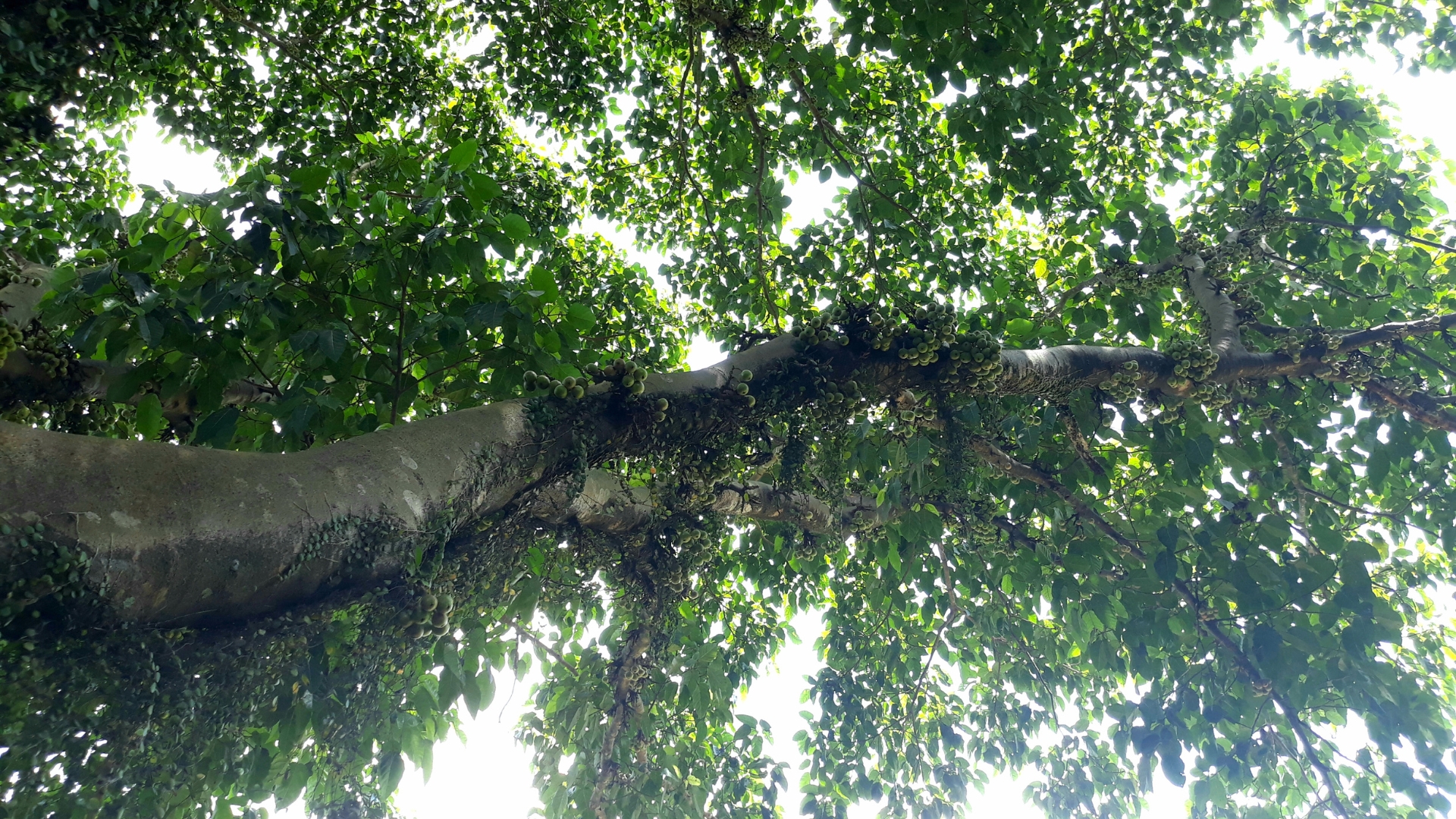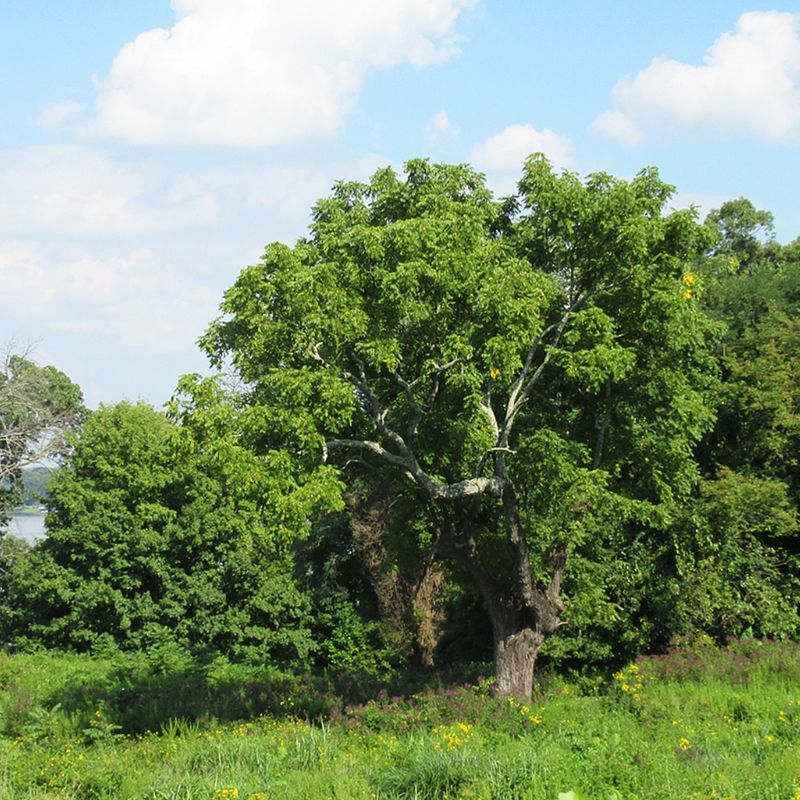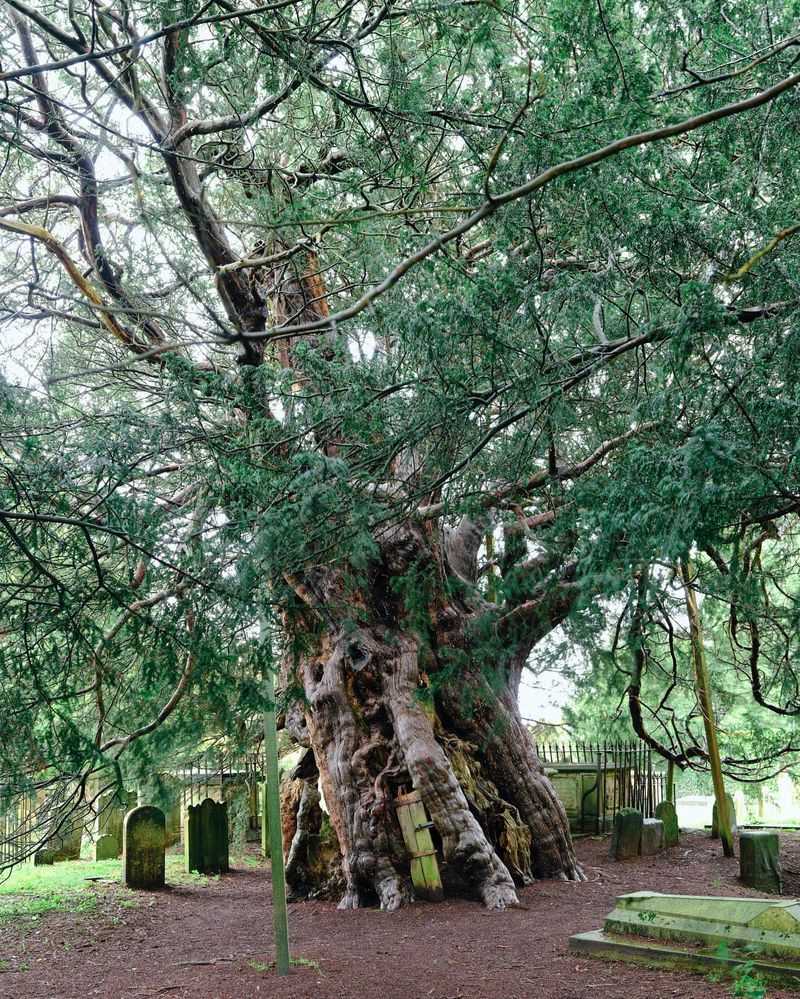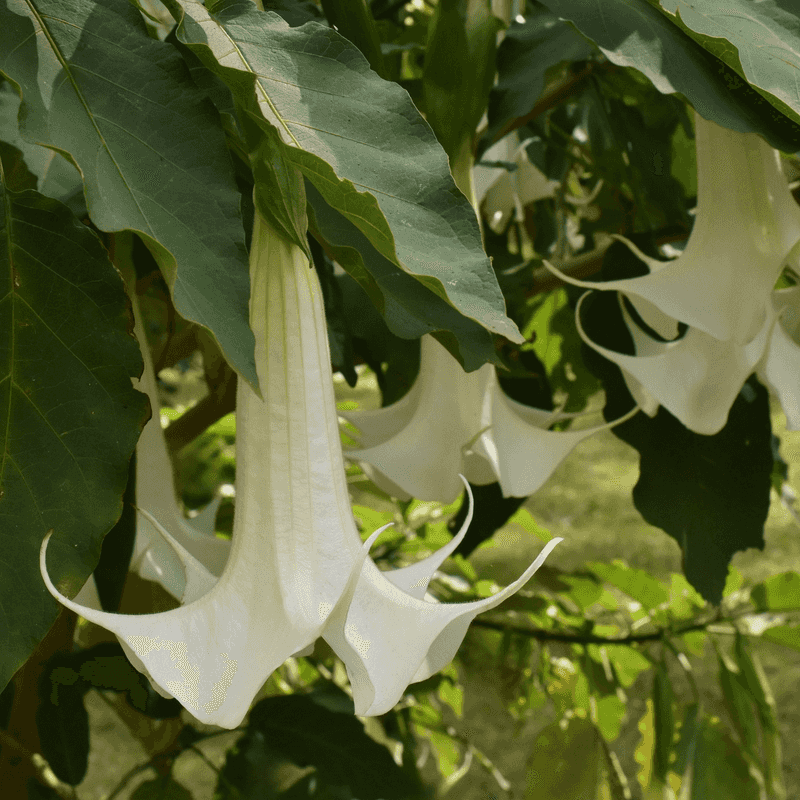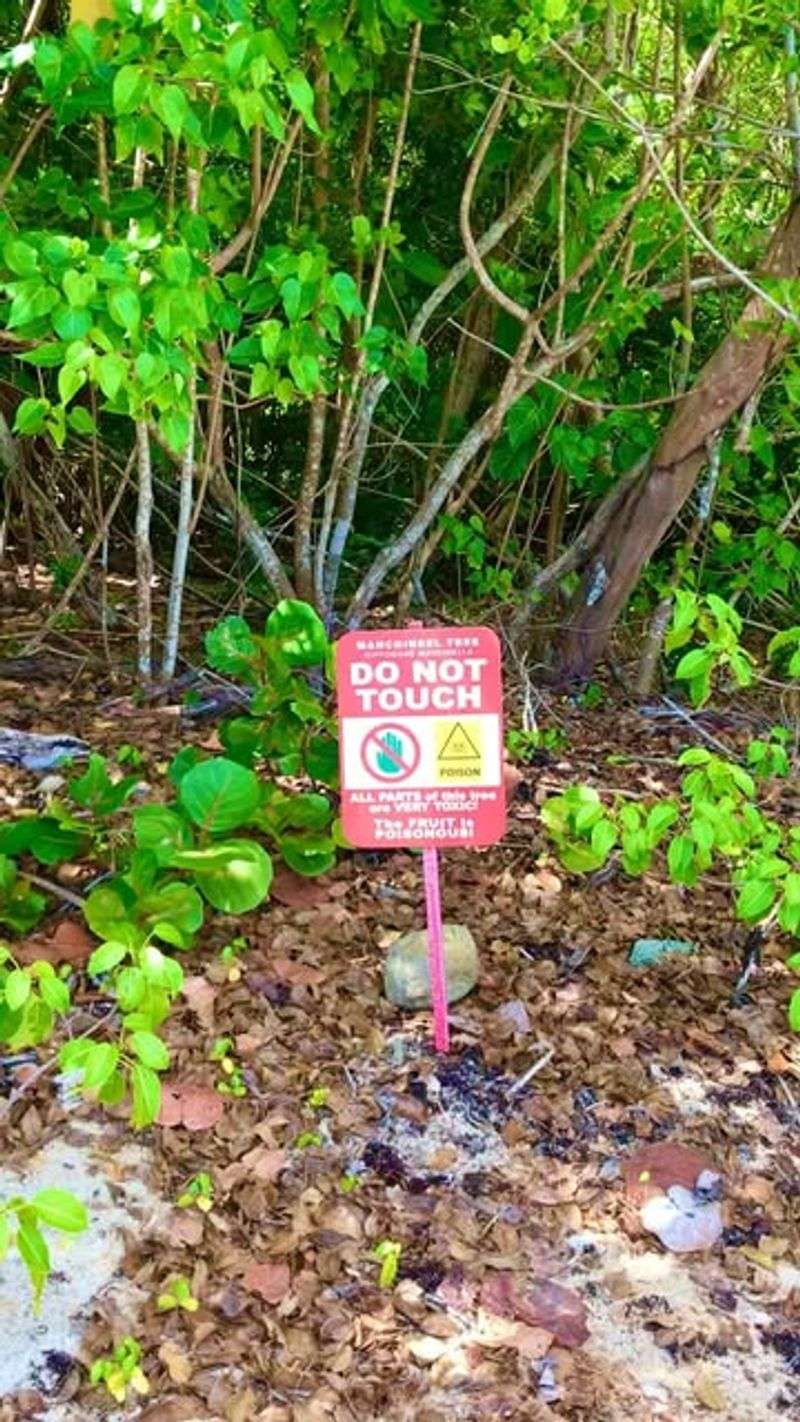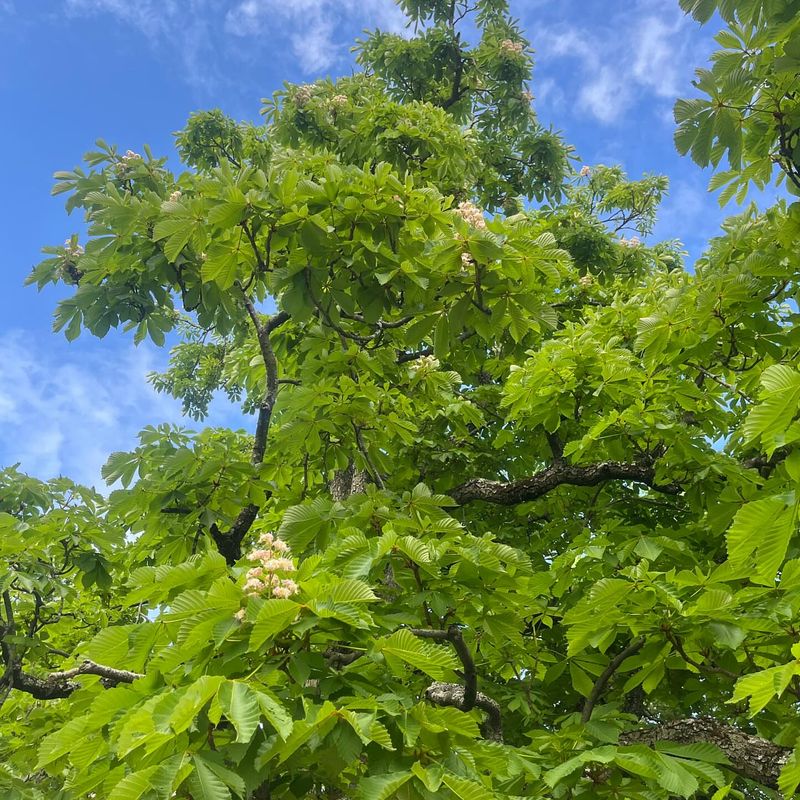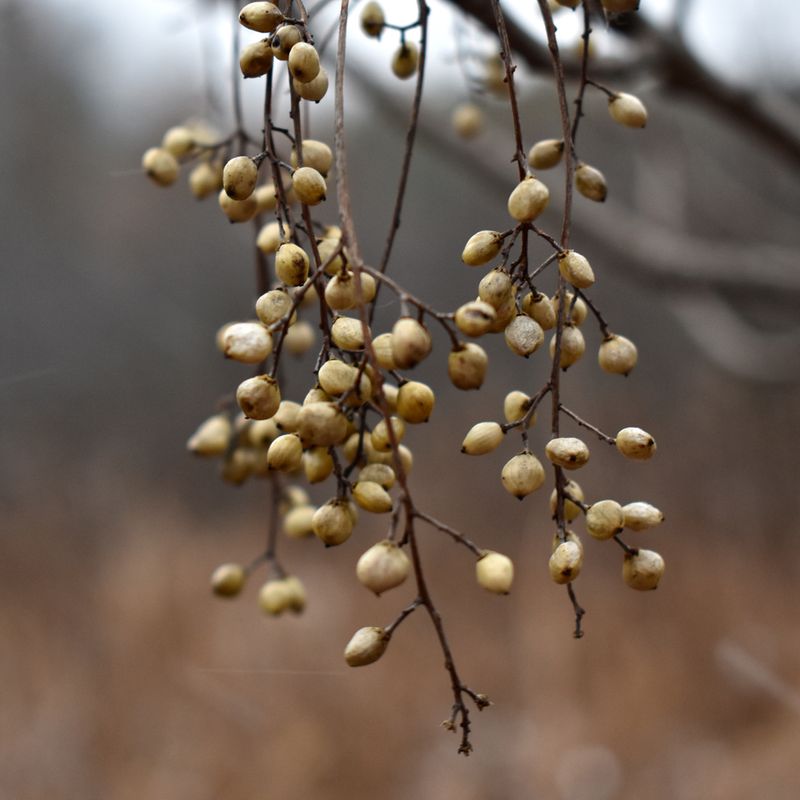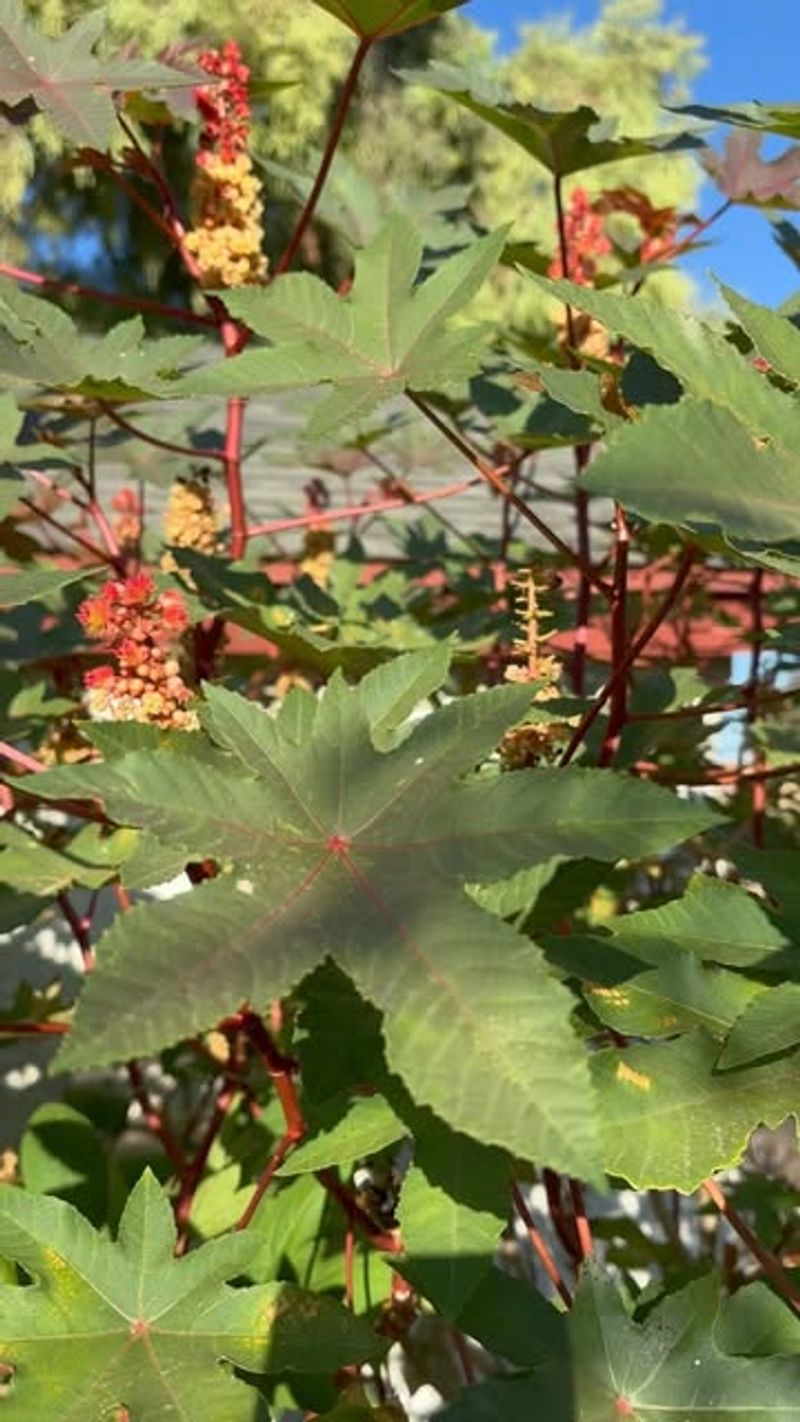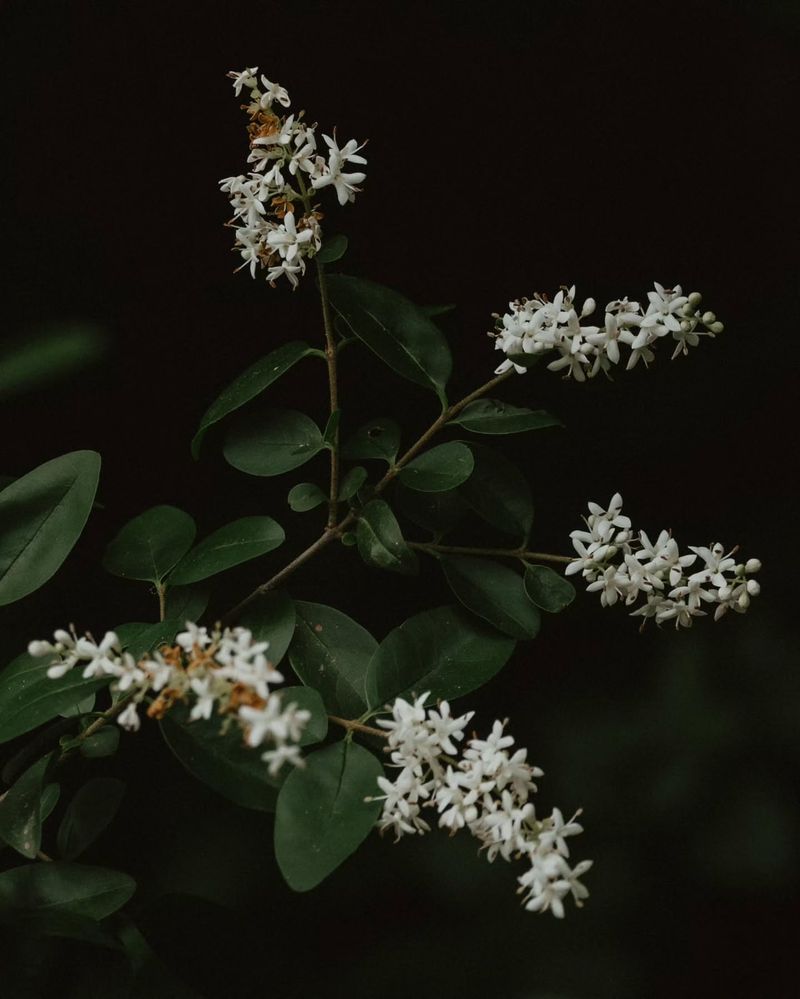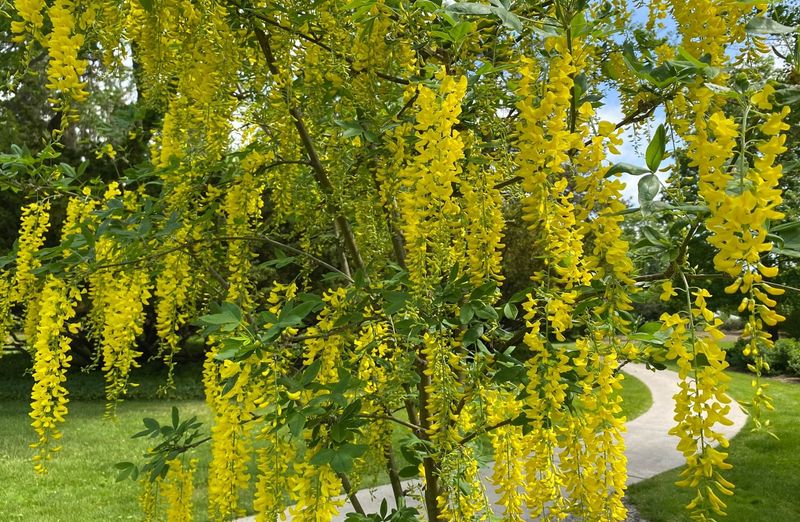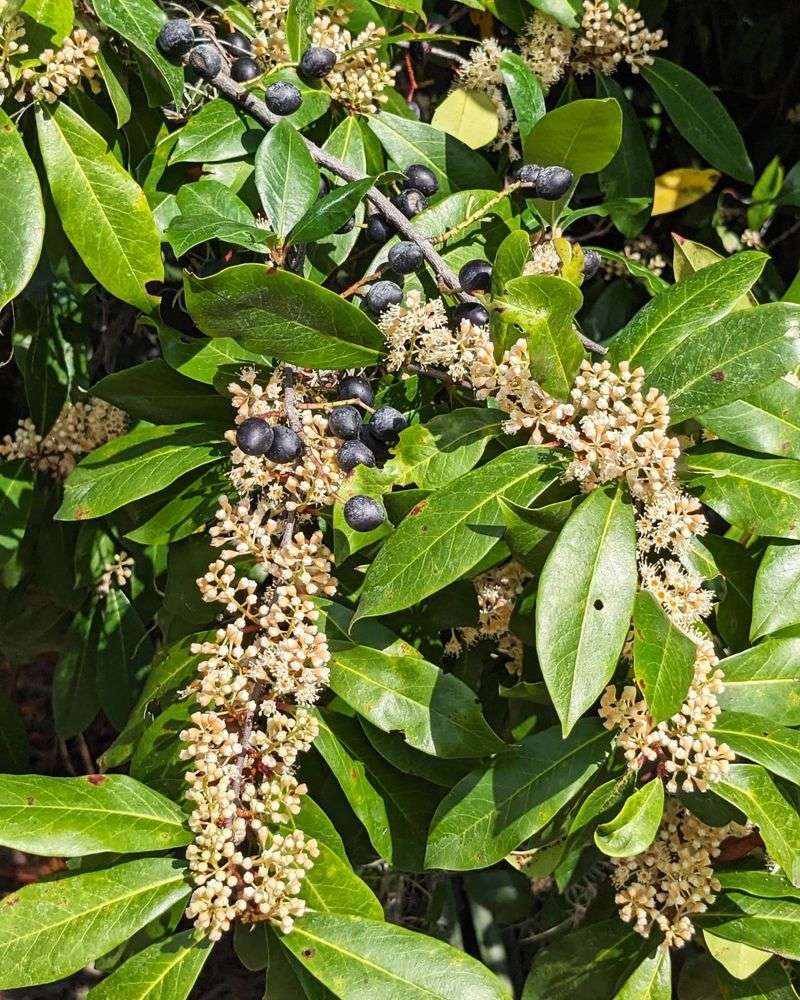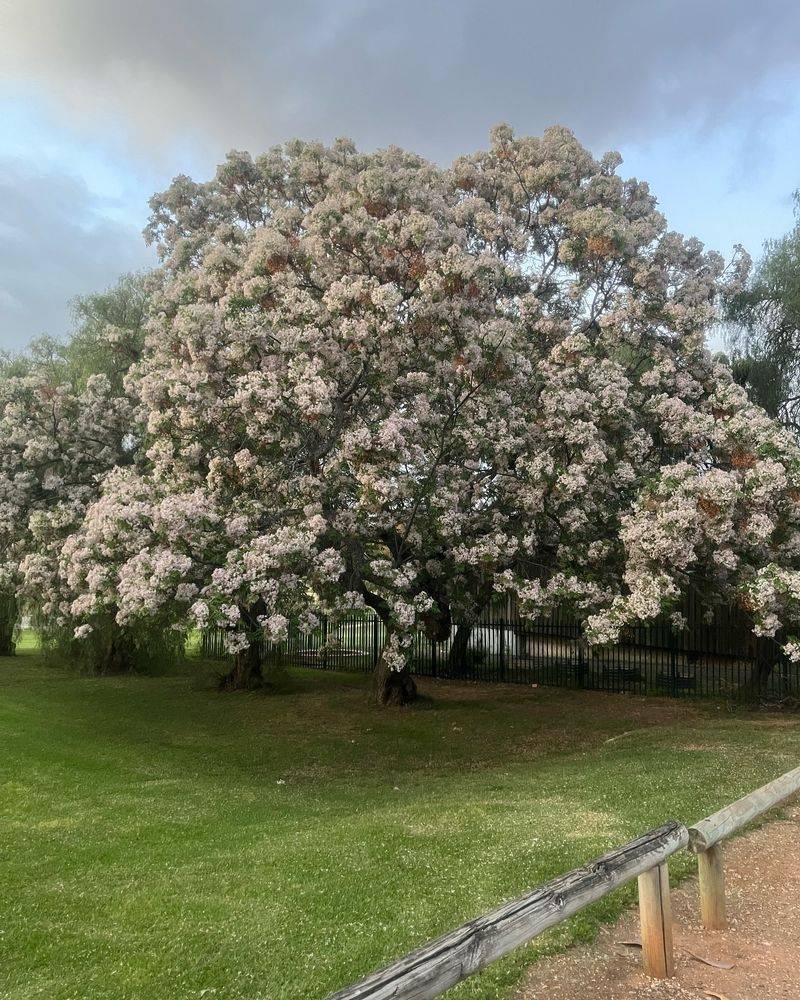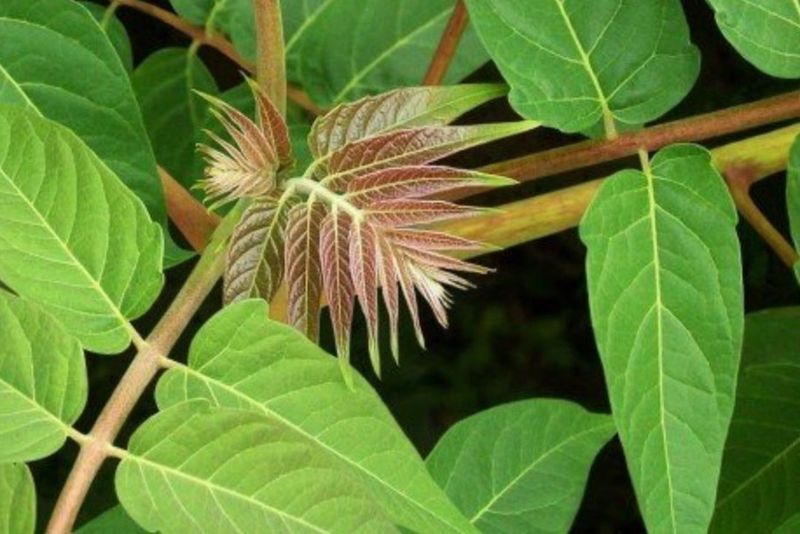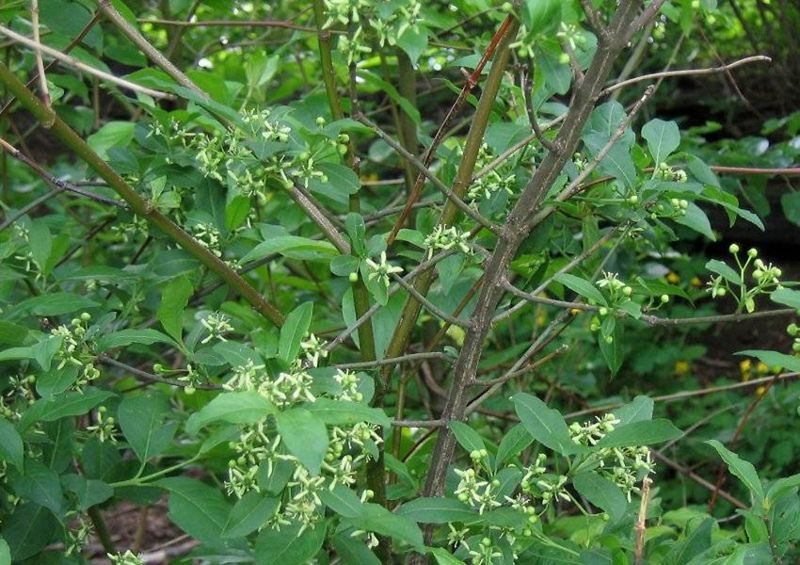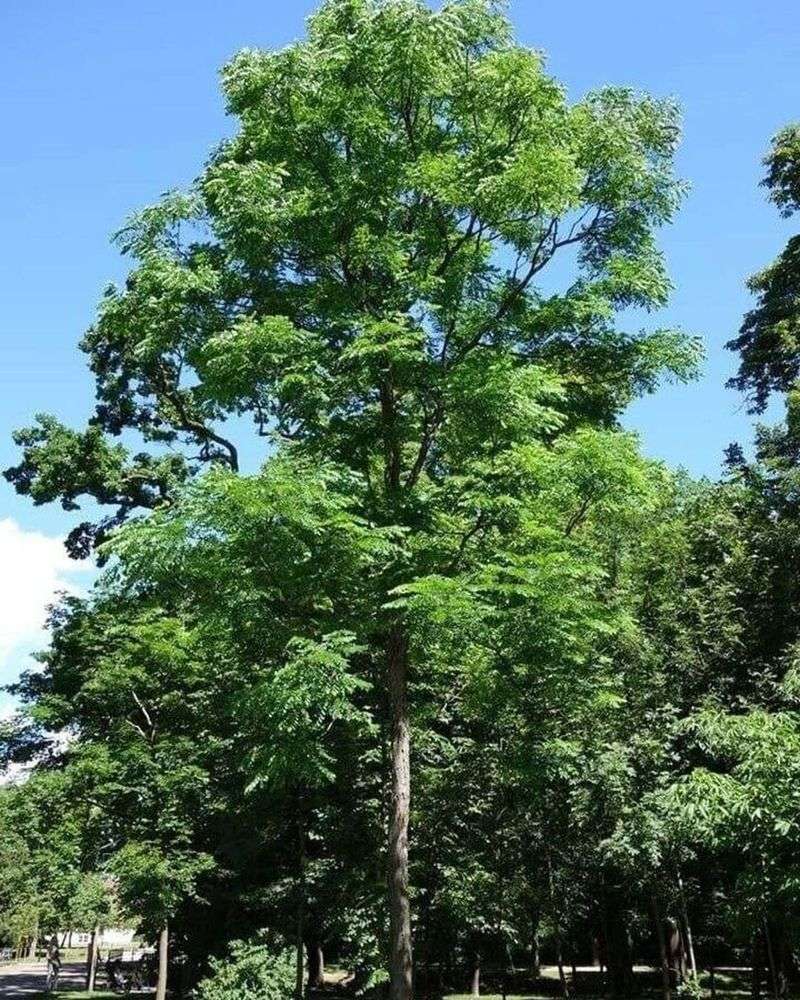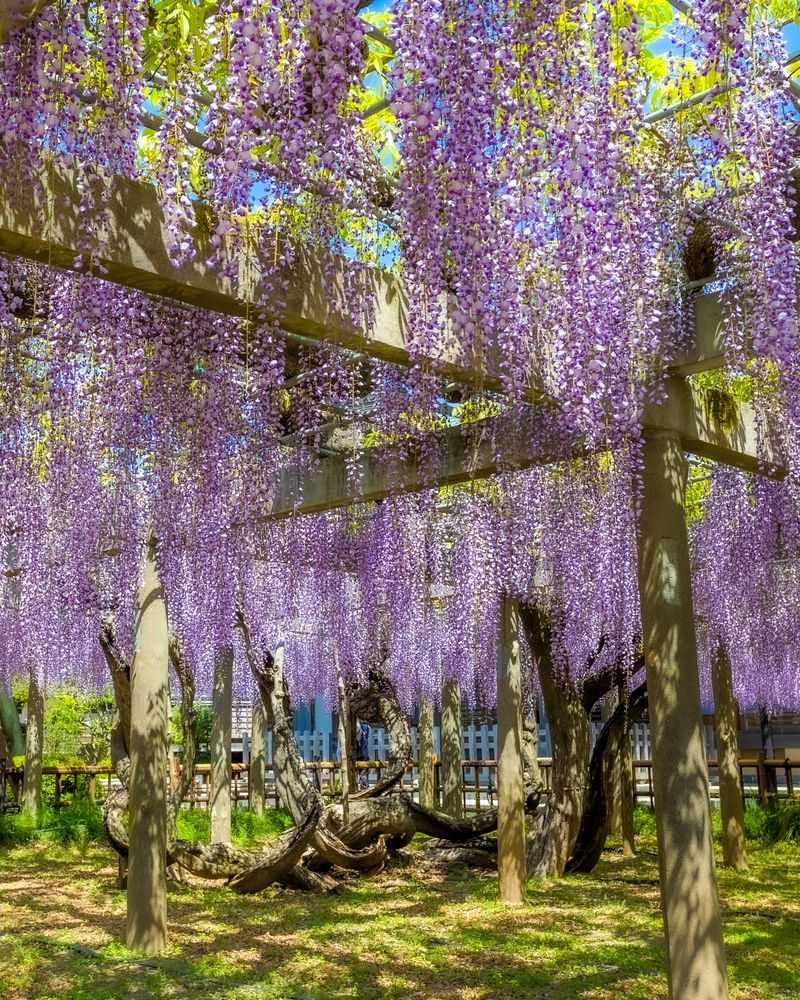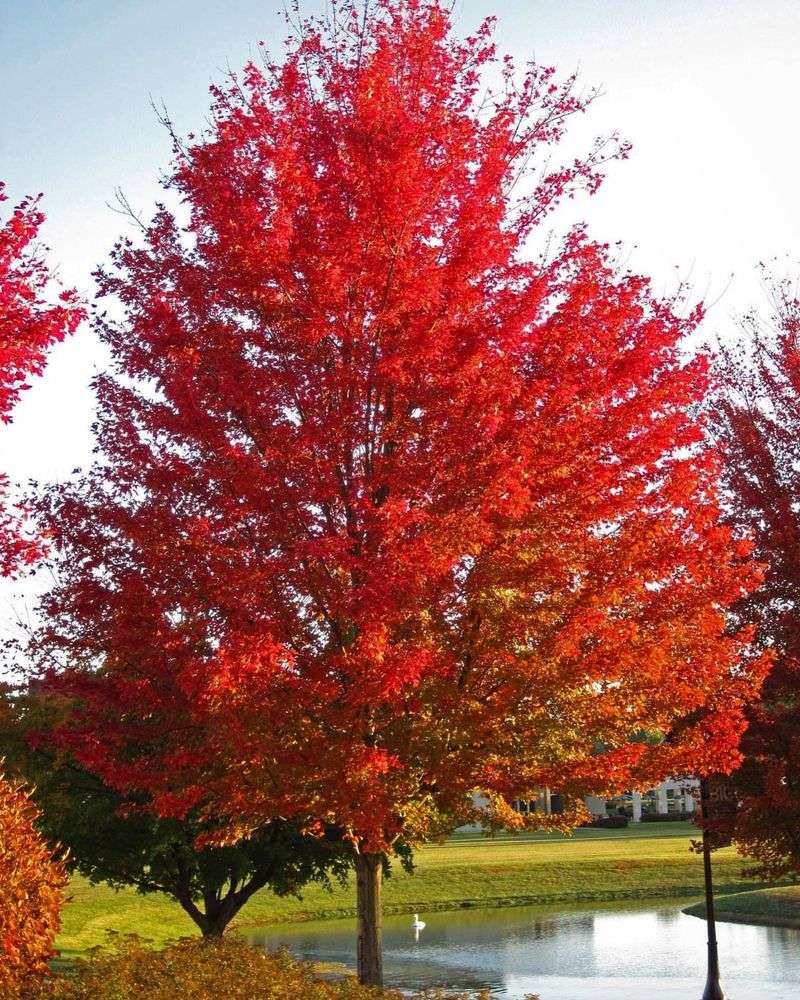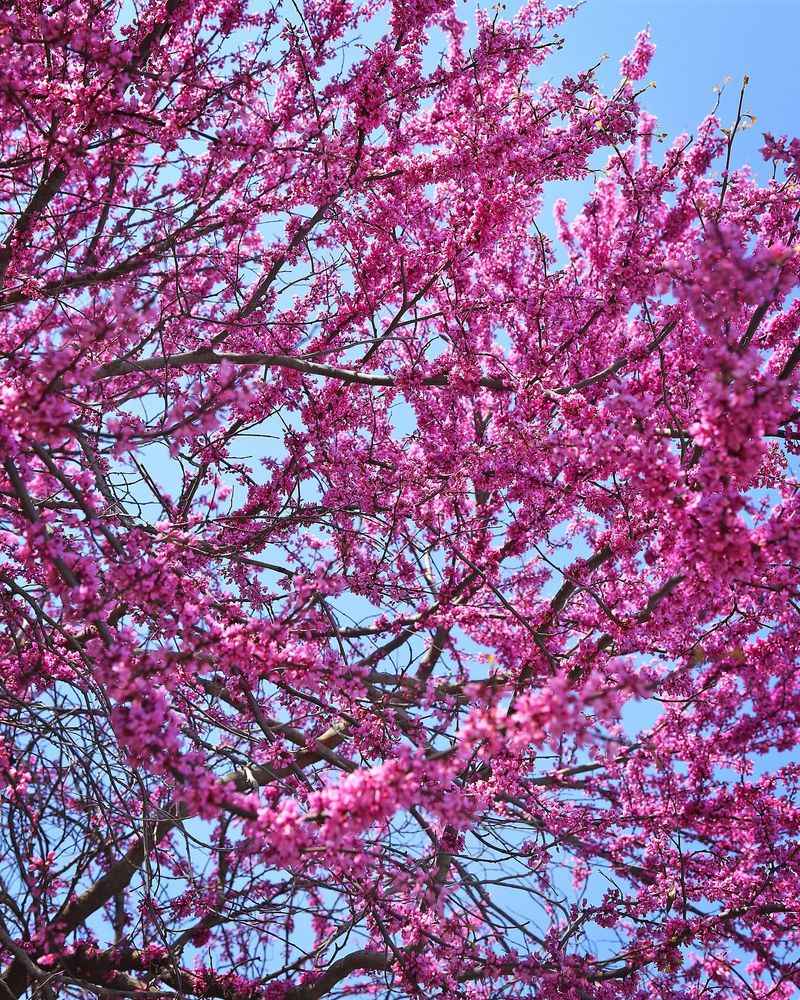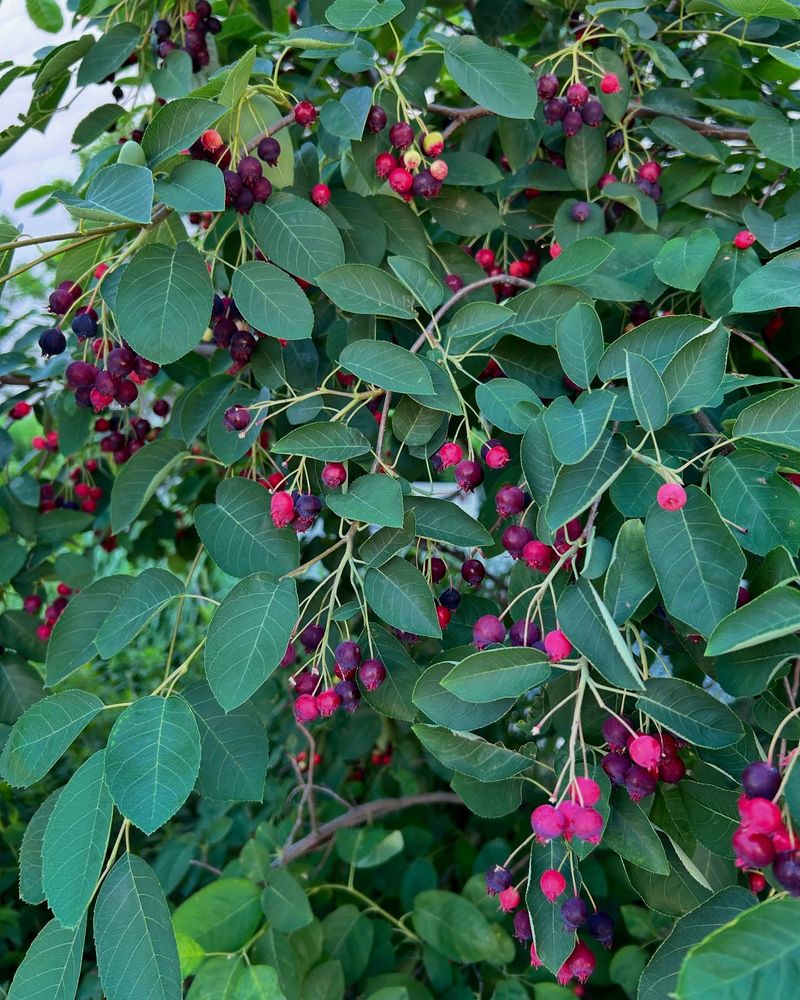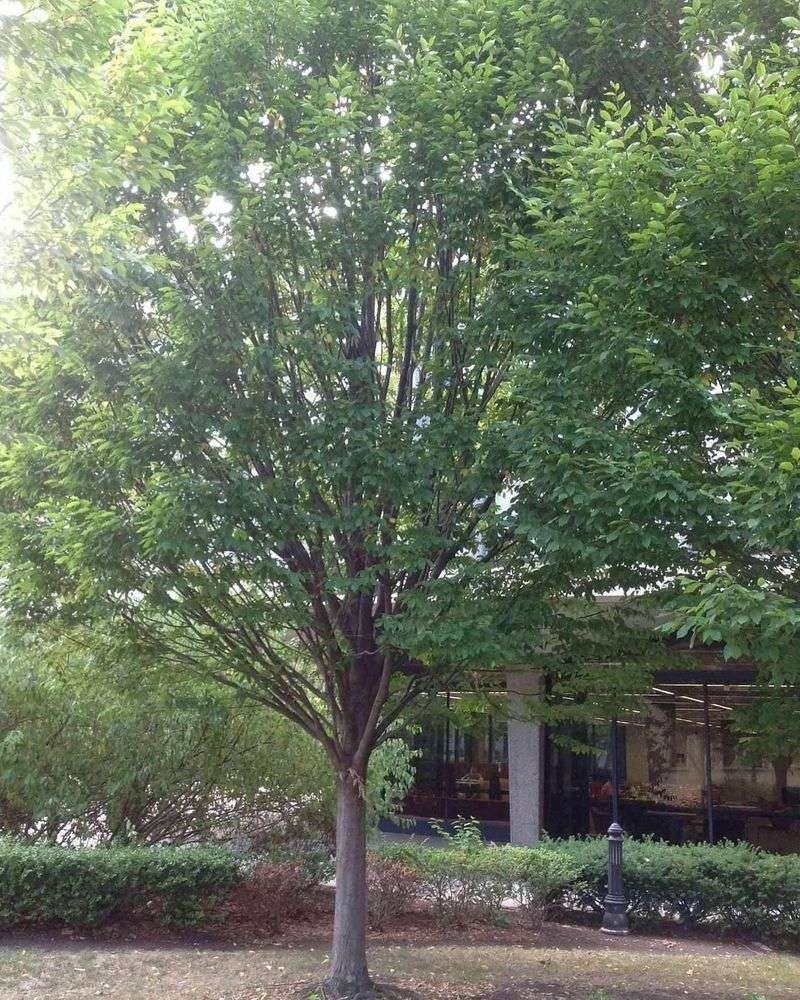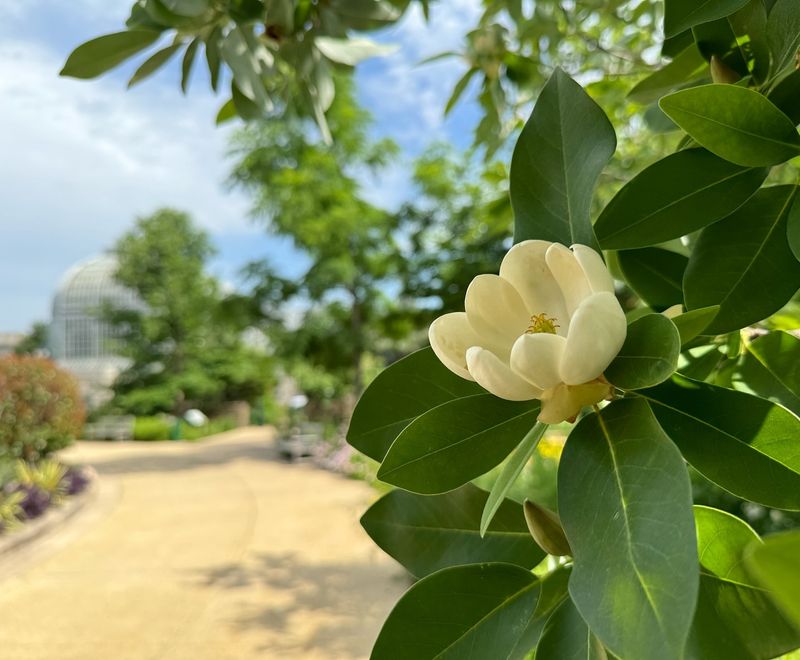You’d be shocked to find out how many toxic trees are sneaking into yards all across the U.S., sometimes looking innocent but causing all kinds of trouble. Planting one of these can turn your beautiful garden into a headache zone without warning.
I’ve seen firsthand how switching to safer choices can make a world of difference—not just for your plants, but for your whole family’s peace of mind.
Let’s take a fun stroll through the trees to avoid and the ones that’ll brighten your yard safely.
1. Black Walnut
Ever notice how nothing grows under these massive shade-makers? They release juglone, a toxic substance that kills nearby plants and can cause serious reactions in horses.
The nuts themselves can be harvested safely, but handling fallen leaves and branches requires gloves. When ingested by dogs, the moldy husks can cause seizures and neurological problems.
2. Yew
Lurking behind those bright red berries is one of the deadliest plants in North America. Nearly every part contains taxine alkaloids that can stop a heart within hours of ingestion.
Despite their deadly nature, yews are commonly planted as ornamentals. Just a handful of needles can be fatal to children or pets, making this elegant evergreen a silent killer in many landscapes.
3. Angel’s Trumpet
Don’t be fooled by those heavenly hanging blooms – they hide a devilish secret. Every part of this plant contains hallucinogenic alkaloids that can cause severe psychosis, paralysis, and death.
Children are particularly vulnerable to their sweet nectar and trumpet-shaped flowers. Even touching the leaves and getting sap on your skin can cause irritation and pupil dilation.
4. Manchineel
Known by Caribbean natives as ‘the little apple of death,’ standing under this tree during rain can cause blistering skin burns. Its sap is so caustic that even raindrops falling through its leaves become toxic.
The deceptively sweet fruits cause extreme pain and internal bleeding if eaten. Indigenous peoples once used its sap on arrow tips for hunting, demonstrating just how potent this coastal tree’s toxins truly are.
5. Oleander
Those gorgeous pink and white flowers hide a deadly secret – just one leaf contains enough toxins to kill a child. All parts contain cardiac glycosides that disrupt heart rhythm when ingested.
Smoke from burning oleander wood has poisoned people who used it for cooking skewers. Its sap can cause skin irritation and eye inflammation, making this common landscaping plant a beautiful but dangerous addition.
6. Horse Chestnut
Kids love collecting the shiny brown conkers in fall, but these seeds contain dangerous compounds called aesculin and saponins. Consumption causes vomiting, diarrhea, and in severe cases, paralysis.
The tree’s bark, leaves, and flowers are equally toxic. Frequently confused with edible sweet chestnuts, this mix-up has sent many foragers to emergency rooms with severe gastrointestinal distress.
7. Poison Sumac
Unlike its ornamental cousins, this wetland tree packs a powerful punch. Contact with any part causes severe rashes and blisters worse than poison ivy, affecting thousands of unsuspecting gardeners yearly.
White berries distinguish it from non-toxic sumac varieties with red berries. The oils remain active on dead plants and can become airborne when burned, causing dangerous respiratory reactions that may require hospitalization.
8. Castor Bean
Growing up to 40 feet tall in warm climates, these tropical-looking trees produce seeds containing ricin – one of the most potent plant toxins known. A single seed can kill a child if chewed.
Despite their danger, they’re grown for ornamental value and castor oil production. The spiky red seed pods add dramatic flair to gardens, but families with children or pets should absolutely avoid this deadly beauty.
9. Chinese Privet
Marketed as an easy-growing hedge, this invasive nightmare spreads like wildfire and chokes out native species. Its berries and leaves contain ligustrin, causing nausea, vomiting, and nervous system depression if ingested.
The fragrant white flowers trigger severe allergic reactions in many people. Birds spread the seeds far and wide, making this one of the most difficult toxic plants to eradicate once established in your landscape.
10. Golden Chain Tree
Admired for its cascading yellow blossoms, this springtime stunner harbors a dark secret. All parts contain cytisine and other quinolizidine alkaloids that cause intense vomiting, convulsions, and respiratory failure.
Children are drawn to the pea-like seed pods that appear after flowering. Just chewing on a few seeds can lead to serious poisoning, with symptoms appearing within an hour of ingestion.
11. Cherry Laurel
Those glossy evergreen leaves make for beautiful hedges, but they’re hiding something sinister. When damaged, the leaves release hydrogen cyanide, which can cause respiratory failure in high concentrations.
The small black berries resemble cherries and attract curious children. Crushing seeds between teeth releases additional cyanide compounds, making this common landscaping plant a potential poison hazard around homes.
12. Chinaberry
With its delicate lilac flowers and golden berries, this fast-growing shade tree seems perfect for family yards. Unfortunately, all parts contain neurotoxins that affect the nervous system, especially in children and pets.
Birds eat the berries and spread seeds everywhere, creating persistent weed trees. The toxins can cause vomiting, seizures, and respiratory distress, with as few as six berries potentially fatal to a small child.
13. Tree of Heaven
Despite its heavenly name, this invasive nightmare causes earthly problems galore. Contact with its sap causes dermatitis, while the tree itself produces toxins that prevent other plants from growing nearby.
Breaking branches releases a strong, unpleasant odor often described as rancid peanut butter or burnt coffee. Prolific seed production and root sprouting make this one of the most difficult toxic trees to eliminate once established.
14. European Spindle Tree
Fall brings spectacular color when this ornamental’s leaves turn crimson and its unique four-lobed pink seed capsules burst open to reveal orange seeds. Unfortunately, every part contains dangerous cardiac glycosides.
The colorful seeds particularly attract children. Ingestion causes severe gastrointestinal distress, seizures, and potential cardiac effects. Despite these dangers, it remains popular in landscaping for its extraordinary fall display.
15. Kentucky Coffee Tree
Early settlers used the seeds as a coffee substitute, but they had to thoroughly roast them first. Raw seeds, pods, and leaves contain cytisine and other alkaloids that can cause severe digestive upset and respiratory problems.
Female trees produce large, woody pods containing rock-hard seeds that persist through winter. While mature trees provide beautiful shade, the toxic litter they drop makes them poor choices for yards where children play.
16. Japanese Wisteria
Those cascading purple flowers create a fairy-tale setting, but this aggressive vine can quickly become a monster. Growing up to 70 feet, it strangles trees and can literally pull down structures with its weight.
All parts contain wisterin glycoside, causing severe digestive distress if ingested. The attractive seed pods resemble bean pods but contain highly toxic seeds that have poisoned children attracted to their appearance.
17. Red Maple
While beloved for stunning fall foliage, few horse owners realize these common trees can be deadly to equines. Wilted or dried leaves contain a toxin that destroys red blood cells, causing acute anemia and death.
The toxin level varies seasonally, with fallen autumn leaves being particularly dangerous. For homes with horses nearby, this popular shade tree represents a serious and often overlooked risk that has claimed many equine lives.
18. Eastern Redbud
A safer native alternative with spectacular spring displays of pinkish-purple flowers blooming directly on branches before leaves appear. The heart-shaped leaves turn golden-yellow in fall, offering multi-season interest.
Growing to a manageable 20-30 feet, redbuds work well in smaller yards and under power lines. Their shallow root systems don’t damage foundations, and they attract beneficial pollinators while posing no toxicity concerns to people or pets.
19. Serviceberry
Looking for beauty and bounty? These native trees produce delicious edible berries resembling blueberries that humans and wildlife adore. Spring brings delicate white flowers, while fall delivers spectacular orange-red foliage.
Multiple stems create an attractive form perfect for small spaces at just 15-25 feet tall. Disease-resistant and adaptable to various soil conditions, serviceberries offer four-season interest without any toxic concerns for families or pets.
20. American Hornbeam
Known as musclewood for its distinctive sinewy bark resembling flexed muscles, this understory native thrives in partial shade where many trees struggle. The small size (20-30 feet) fits perfectly in modern yards.
Catkins in spring give way to interesting hop-like seed clusters. The dense, strong wood resists storm damage, while the spectacular orange-red fall color provides seasonal drama without any toxic components that might harm family members or pets.
21. Sweetbay Magnolia
Unlike its massive southern cousin, this elegant native reaches a manageable 15-20 feet in most landscapes. Creamy white, lemon-scented flowers bloom sporadically throughout summer, filling gardens with sweet fragrance.
Semi-evergreen leaves have silvery undersides that shimmer in breezes. Tolerant of wet soils where many trees fail, sweetbay magnolias provide year-round beauty, bird-attracting red seed cones, and zero toxicity concerns for families with children and pets.

